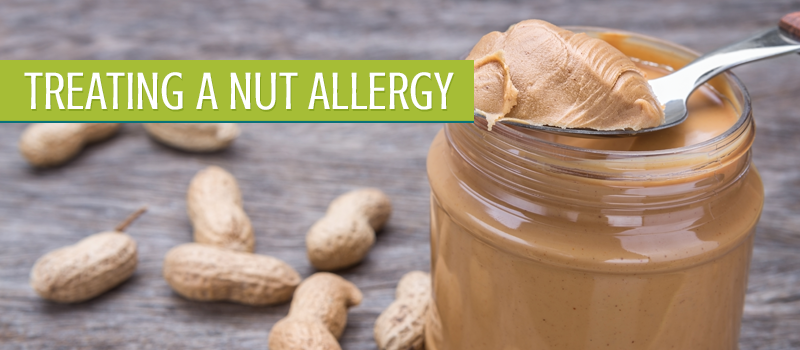 With the number of children suffering a nut allergy growing, it’s likely your child or their classmates may have a sensitivity to peanuts or tree nuts. Knowing how to identify and treat a nut allergy can save a life.
With the number of children suffering a nut allergy growing, it’s likely your child or their classmates may have a sensitivity to peanuts or tree nuts. Knowing how to identify and treat a nut allergy can save a life.
Symptoms and their severity of nut and other food allergies can be varied among sufferers, but they may include:
- Difficulty breathing or tightness in throat
- Swollen or tingling face, throat or tongue
- Hives or rash
- Nausea
- Dizziness
- Increased heart rate
- Anxiety
- Loss of consciousness
Depending upon the severity of the symptoms, you may choose to treat a nut allergy reaction with an antihistamine such as Benadryl. About 33 percent of people who suffer an allergic reaction to nuts suffer a secondary one about eight hours after the first, so continually monitoring your child’s condition is important, even after it seems they’ve recovered.
A more severe allergic reaction is known as anaphylaxis, and it can be fatal if not treated immediately. Anaphylaxis symptoms include severe difficulty breathing, bluish skin, low blood pressure, tongue swelling and mental confusion. Patients suffering anaphylaxis should be treated immediately with an epinephrine auto-injector pen if it’s available. Call 911 immediately even after administering a shot.
Please contact us if you have any questions about this!
